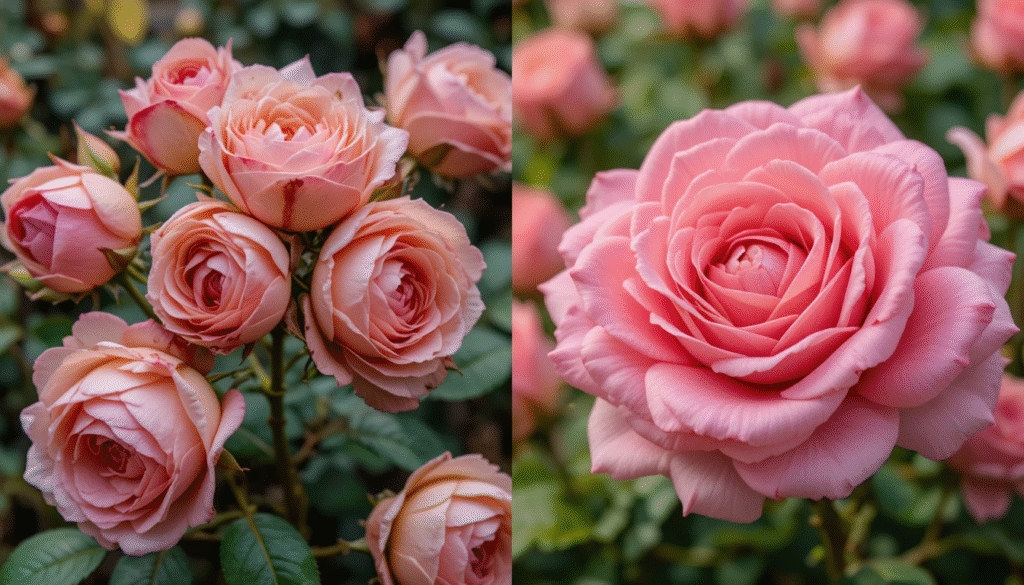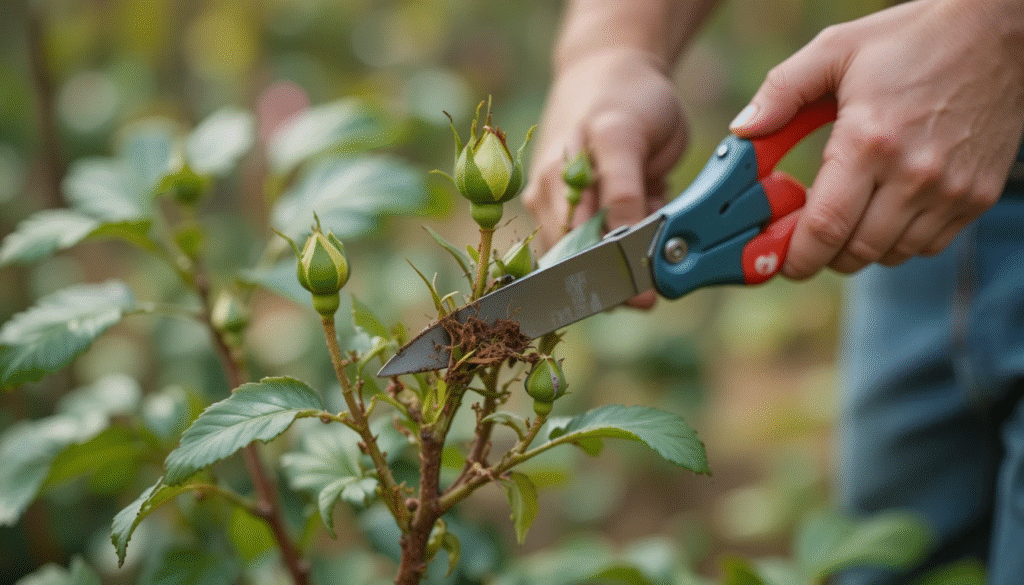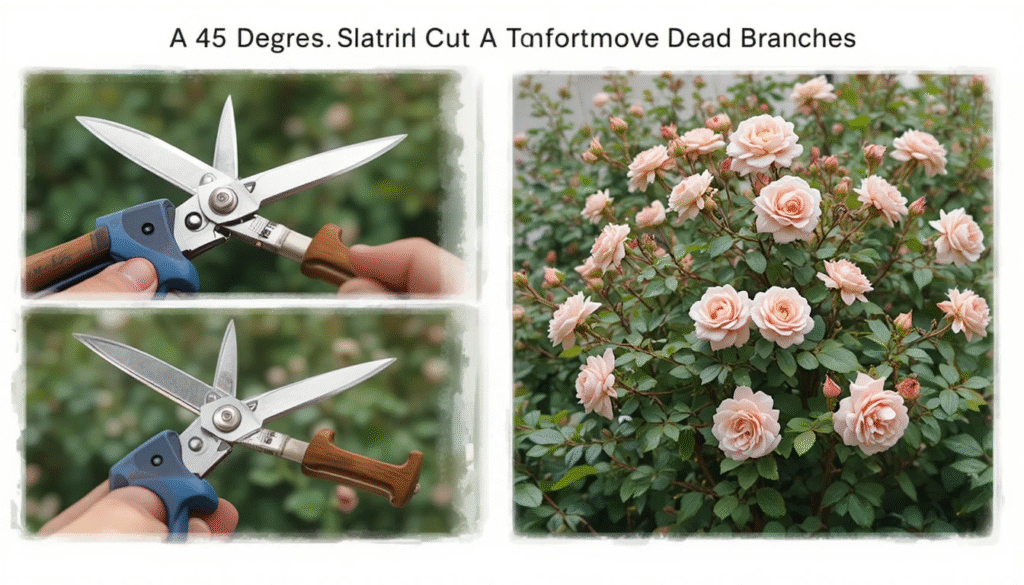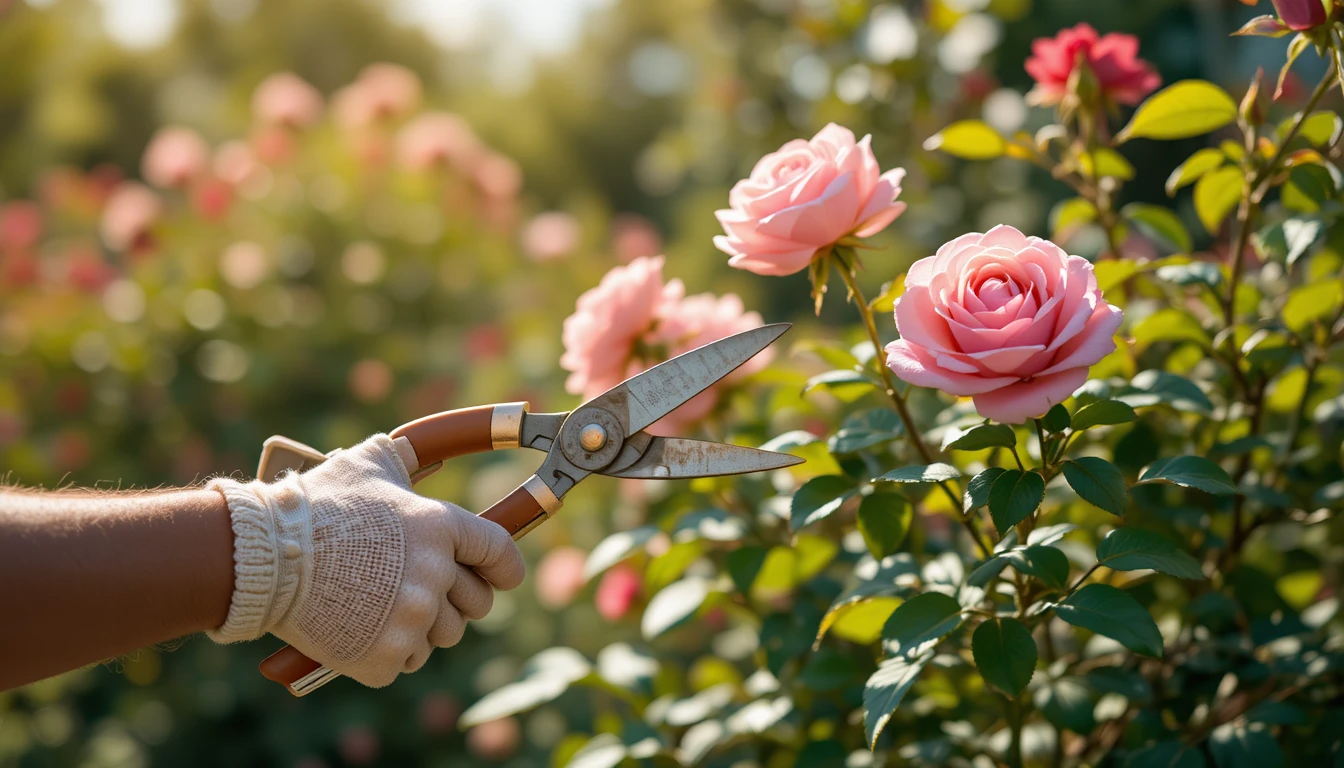Pruning roses is one of those gardening tasks that can spark a mix of excitement and anxiety—it’s like giving your beloved plants a crucial haircut that determines their health and beauty for the season. Done right, it leads to a spectacular display of flowers, but one wrong cut can leave you regretting it, especially in the wrong season. This guide explores whether to prune roses in fall or wait until spring, the impact of your USDA zone, and how to trim for bigger, better blooms. With tips on neem oil for spider mites and companion planting with cordyline green, you’ll be equipped to keep your roses thriving, just like a white kitchen with black hardware setup that’s both functional and stylish.
The Importance of Timing in Rose Pruning

Roses are resilient, but timing is everything when it comes to pruning. Fall pruning can help shape bushes and prepare them for dormancy, while spring pruning encourages vigorous new growth and abundant blooms. The choice depends on your climate, rose type, and goals—much like choosing typical base cabinet depth for a hardwood floor bathroom or shower curtain sizes chart for the perfect fit. Get it right, and your garden will reward you with roses as vibrant as a red pansy plant or yellow kalanchoe plant.
Fall Pruning: Shaping for the Off-Season
Fall pruning, done just before dormancy, is ideal for tidying and shaping roses, allowing you to see their structure clearly without leaves. In milder USDA zones (like 8 or 9), where winters are gentle, heavier cuts can promote a neat appearance through the cold months and set up strong spring growth, similar to planting winter rye grass for a lush comeback. This approach works well for climbing or shrub roses, keeping them compact and healthy.
However, in colder zones (like 4 or 5), heavy fall pruning can expose fresh cuts to frost damage, risking dieback like peach leaves turning yellow on a ficus audry. Instead, opt for light trimming—remove dead, diseased, or crossing branches to improve airflow and reduce disease risk. This minimal approach, like using spider mites neem oil on determinate tomato varieties, protects your roses without stressing them, ensuring they emerge strong in spring.
Spring Pruning: Fueling New Growth and Blooms

Spring is the prime time for major pruning, as it encourages new wood where roses produce their most impressive flowers. Prune in late winter or early spring, just before buds swell, to direct energy toward growth rather than survival. This is when you remove about one-third of the plant, cutting to outward-facing buds at a 45-degree angle to open the center for better air circulation, much like grass mowing patterns for a healthy lawn.
For most roses, including hybrid teas and floribundas, spring pruning is essential for bigger, better blooms. It’s like grow lights for tomato plants boosting david verity cuphea plant—it sets the stage for a spectacular show. In all zones, spring pruning is non-negotiable, but in colder areas, it’s where you make up for the light fall trim.
The Role of Your USDA Zone
Your USDA zone dictates your pruning strategy, like choosing copper type L vs. M for a project. In cold zones, light fall pruning and a robust spring cut protect against frost, while milder zones allow bolder fall shaping. Check your zone to tailor your approach, ensuring roses like alocasia stingray plant companions thrive without winter damage. This zone-specific care is as important as evaporative cooler parts diagram for efficiency.
How to Prune Roses for Optimal Blooms

Pruning is an art, like yard cutting patterns for a pristine lawn. Follow these steps for success:
- Use Sharp, Clean Tools: Sanitize shears to prevent disease spread, like how to clean pool tile for a spotless finish.
- Cut at the Right Angle: Make 45-degree cuts above outward-facing buds to promote open growth, reducing fungal risks like mold on a cutting board.
- Remove Problem Branches: Snip dead, damaged, or crossing stems to improve airflow, similar to how to deter bees and wasps with bug off garlic.
- Light Seasonal Trims: Deadhead spent blooms and trim lightly during growth, cutting to a bud to encourage more flowers, like planting vegetables in fall for spring harvest.
- Pest Prevention: Use neem oil for spider mites on roses and nearby coleus watermelon plant, keeping your garden healthy.
For Rose of Sharon or miniature roses, adjust intensity—gentler for minis, bolder for shrubs. Prune with purpose, like king bed rug placement for balance.
Additional Tips for Rose Care
- Soil and Sun: Ensure well-drained soil and full sun, like perennials for sun/shade or good plants for around a pool.
- Companion Planting: Pair roses with bridal veil plant or african iris white for beauty and pest control, like grow lights for tomato plants.
- Monitor Health: Check for issues like peach leaves turning yellow, treating with neem oil to keep roses blooming.
- Zone-Specific Adjustments: In cold zones, use drought resistant evergreen shrubs as windbreaks; in mild areas, experiment like planting walla walla onions.
Conclusion
Pruning roses in fall or spring is about nurturing their potential, like a pocketful of sunshine hosta in bloom. Light fall trims in cold zones and bolder spring cuts ensure vibrant growth, while your USDA zone guides the way. With sharp tools, neem oil for pests, and companions like cordyline green, your roses will thrive, turning your garden into a masterpiece as inviting as a white kitchen with black hardware. Embrace pruning as an act of care, and watch your roses reward you with a season of stunning flowers.




